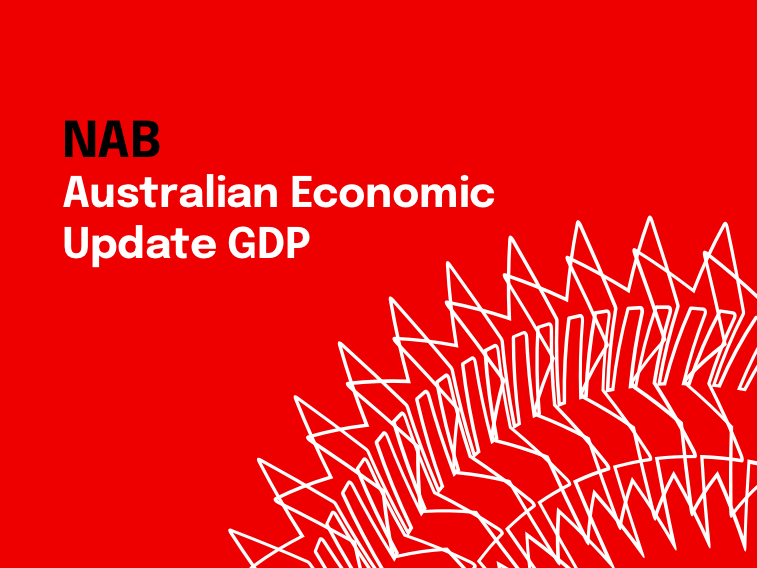Consumers lead the way


Insight
Supply issues easing but labour still hard to find

Supply side issues continued to improve in Q2 but the labour market remains very tight, with labour still a constraint for most firms. The share of firms reporting materials availability as a constraint declined to 36%, down from over 50% in 2022, but the share reporting labour as a constraint fell only slightly, remaining over 80%. Signs of a slowing economy were prevalent across the survey, with business conditions falling from very elevated levels (albeit still above average) and forward orders turning negative, similar to the movements seen in the Monthly Business Survey. Measures of cost growth continued to gradually moderate and wage growth measures in the survey remained contained, with expected average wage growth over the next financial year running at 1.7%, down from 1.9% in Q1. Still, wage costs remain the biggest concern for firms alongside pressure on margins. Growth in overall product prices moderated, but retail price growth ticked up and at 1.1% in the quarter remains well above normal levels. Overall, these results suggest activity is beginning to soften after an extended period of rebound, but also highlight that progress on inflation is likely to only be gradual and occur with a lag.
Business conditions fell 8pts to +9 index points, still above the long-run average of +3. Trading conditions, profitability and employment all declined. Conditions fell in most industries but generally remained elevated except in manufacturing (+4) and construction (+2). Conditions were also still strong across the states except Tas (+1).
Business confidence edged up 1pt but remained negative at -3 index points. Expected business conditions fell to +14 index points at a 3-month horizon, down from over +20 index points in Q1, and forward orders turned negative at -1 index point.
“Consistent with our monthly business survey, today’s release shows business conditions have moderated considerably in Q2,” said NAB Chief Economist Alan Oster. “Conditions are still a little above their historic averages but have fallen a long way from the highs seen in 2022, indicating the economy has slowed as the year has gone on.”
“Forward looking indicators in the survey have also softened, indicating firms expect there is further slowing to come,” said Mr Oster. “Business confidence has been negative for some time, but the more concrete forward orders measure is now also negative.”
Employment in the next 3 months was +14 index points (down from +20), while 12-month expectations were broadly unchanged at +25 index points. Some 83% of firms reported availability of labour as a constraint on output, down only slightly from 87% in Q1.
“Finding suitable labour remains a key issue for businesses with only an incremental improvement so far,” said Mr Oster. “While the rebound in population growth has helped somewhat, the labour market clearly remains very tight for the time being. Still, we expect this to gradually change as the economy slows more materially.”
Price and cost growth measures continued to moderate gradually. Purchase costs grew 1.3% q/q (down from 1.5% in Q1), and the share of firms reporting materials availability as a constraint declined to 36%.
“While the labour market remains very tight, businesses are continuing to see steady improvement in supply chain issues,” said Mr Oster. “Far fewer firms are reporting issues finding materials than was the case a year ago, and this is supporting some easing in cost pressures and inflation in some sectors.”
Wage costs remain the top issues affecting business confidence, with pressure on margins and availability of labour also key. Expected annual wage growth per employee edged down to 1.7%, from 1.9%, but the share of firms expecting wage pressures to increase over the next six months continued to rise, from 74% to 83%.
“The response of wage growth to the very tight labour market remains a key question for the economy,” said Mr Oster. “Firms are clearly concerned about the pressure for wage growth with this being the top issue affecting confidence. Pressure on margins is also a concern as the economy slows and the scope for firms to pass on costs to their customers becomes more limited.”
For more information, please see the NAB Quarterly Business Survey (Q2 2023)
© National Australia Bank Limited. ABN 12 004 044 937 AFSL and Australian Credit Licence 230686.